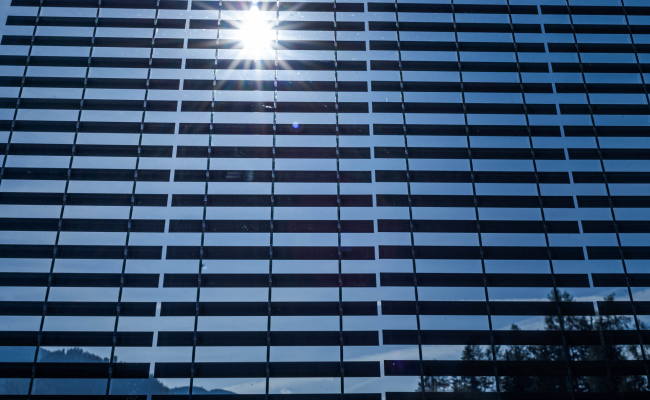Guarding and protection: how to specify glass barriers
Designing glass for use in barriers can appear complex at first, with a number of safety and technical measures to take into consideration. In this article we explain the design principles behind some of the most common glass barriers.
The use of glass barriers is a common feature of modern architecture. They are used in the stairways and atria of many commercial and residential properties to provide a striking and aesthetically pleasing alternative to traditional building materials such as brick or wood.

The use of this common design feature is bound by a number of safety requirements. If ignored, this can lead to serious accident or injury so it is important for architects and specifiers to fully understand the different types of legislation that need to be adhered to.
Different types of barriers
At the start of any project it is important for specifiers to identify the type of barrier being installed, as requirements differ according to the barrier’s design. Usually we can outline three types of glass barriers: free standing protective barriers, infill panels and full height barriers.
Free standing protective barriers
Glass in free standing protective barriers is usually clamped along the bottom edge of the glass panel with no other support. Depending on the design, there may or may not be a handrail attached to the top edge of the glass.
Monolithic toughened glass and laminated toughened glass should be used for all barriers where the glass is free-standing. Traditionally, handrails have been used with free-standing barriers however, there is an increasing trend for the structural engineer to design-out the handrails. When the handrail is not present, the recommendation is for laminated toughened glass.
Infill barriers
Infill barriers, in comparison, comprise of a top rail and balusters. These features provide the outside frame and create a structure resembling football goal posts, and the glass fills in the opening. The main frame should be designed to withstand the load applied to the top rail. The glass, however, does not provide any support to the main frame and is typically fixed to it with bolts or clips.
With both infill glass panels and free-standing glass balustrades, there is an additional requirement to ensure that glass can resist impact and containment.
Full height barriers
Full height barriers are different to the former in that the glass forms part or all of a wall. The term full height can however also be misleading as this type of barrier can also be a window in a wall.
Understanding regulations
Physical barriers should be provided where it is necessary, for safety reasons, to guard the edges of any floor including windows, galleries, balconies, skylights and other openings to which people have access, such as basement areas and any sunken area next to a building.
The use of glass barriers to provide guarding is addressed by various building regulations.
In some you can, for example, find a reference that in dwellings where there is a different in adjacent floor levels of at least 600 mm, some form of guarding should be used to prevent people falling from height. In non-dwellings, guarding should be provided that is capable of preventing people from falling more than height of two stairs or, 380 mm, if not part of a stairwell.
As well as understanding the regulations and the types of glass barriers available, it is also important to specify products so they are suitable for use within different environments. For example, in areas susceptible to overcrowding, such as theatres, cinemas or a sport stadium, you may find requirement for a line load of 3.0 kN/m. While a line load of 0.36 kN/m would be typically required in a single-family dwelling.
Maintaining the glass
Once the glass is in situ, it is important not to overlook the aspects of cleaning and maintenance. In the worst instances, poorly maintained glass can lead to glass breakages which makes occupants vulnerable to injury. The best way to avoid this happening is for particular attention to be paid to regularly cleaning the glass, as well as checking the fixings for signs of corrosion or loosening which may cause the glass to become displaced.
Although specifying glass barriers may appear to be a complex process, there is plenty of advice on hand to help ensure builders, architects and specifiers understand the requirements and are able to create safe and secure buildings.
Further guidance can be found HERE.






























